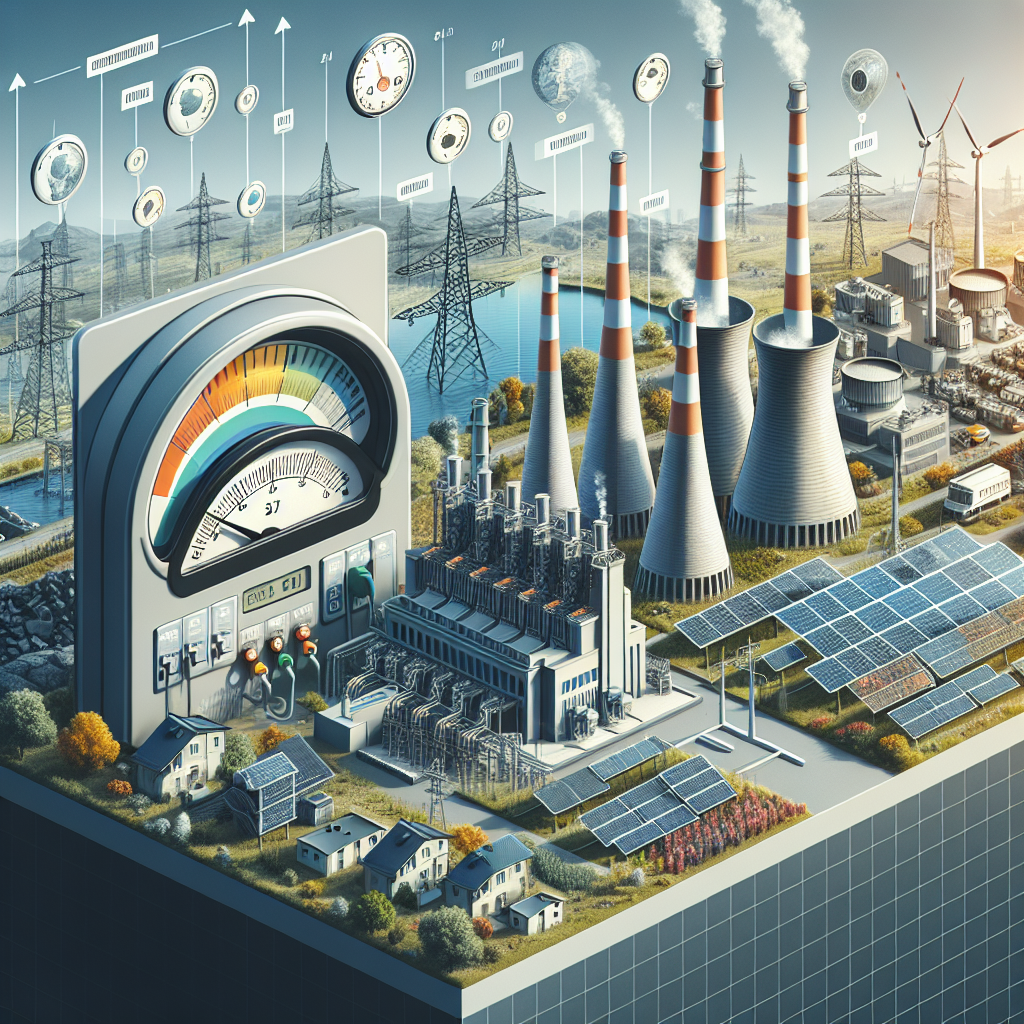India's Power Shift: Balancing Growth and Sustainability
India's power generation capacity reached 476 GW, with nearly half from non-fossil sources. Despite growth in renewables, coal remains dominant. The country balances rising electricity demand with sustainability. Plans include increasing renewable capacity to 500 GW by 2030, while reducing power shortages and increasing per capita consumption.

- Country:
- India
India has achieved a significant milestone in its power sector, with non-fossil fuel sources accounting for nearly half of its total power generation capacity of 476 GW, as of June 2025. Despite this growth in renewable energy, coal-based thermal power still plays a critical role in powering the nation, as government data shows.
The latest figures reveal that 235.7 GW, or 49% of India's power capacity, is derived from non-fossil sources, including 226.9 GW from renewables and 8.8 GW from nuclear energy. This includes 110.9 GW of solar and 51.3 GW of wind power. Additionally, India's energy sector is expanding, with 176.70 GW of renewable energy projects under implementation and 72.06 GW at various bidding stages.
While coal remains the backbone of India's energy supply, contributing over 91% of the nation's thermal energy, the country is striving to balance the needs of a growing economy with sustainability goals. Power shortages have significantly decreased, and per capita electricity consumption has increased. Looking ahead, India aims to achieve 500 GW in renewable energy capacity by 2030, further cementing its commitment to a diversified and sustainable energy future.
(With inputs from agencies.)
ALSO READ
Sikkim's Thriving Fisheries: A Beacon of Innovation and Sustainability
From Infrastructure to Sustainability: The New Phase of Jal Jeevan Mission
Transforming Telecom: ITI's Path to Financial Sustainability
India Inc's Path to Global Leadership: Embracing Inclusivity and Sustainability
SEWA Completes Natural Gas Network in Umm Fannain: A Boost for Sustainability










